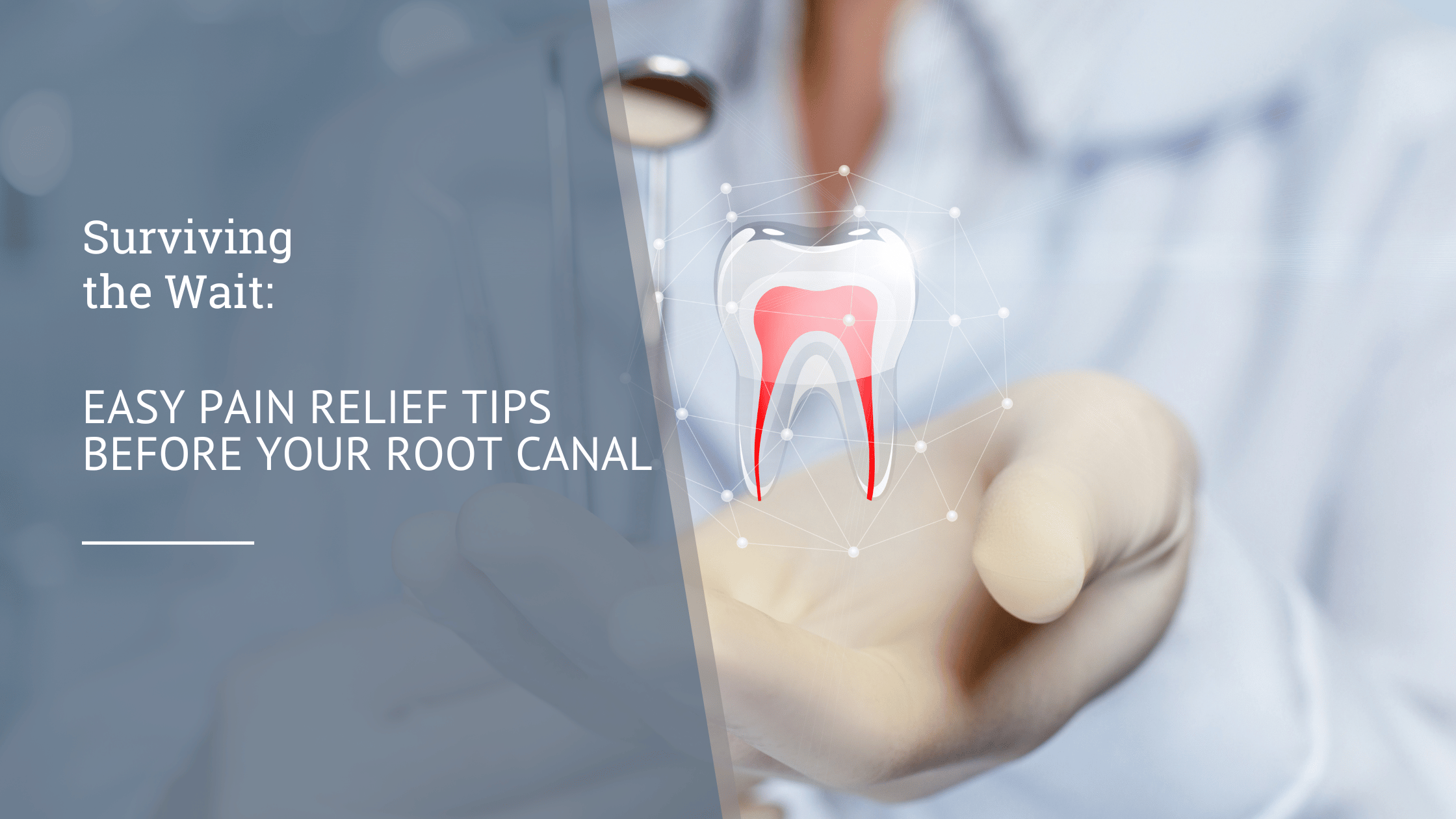8 Root Filling Tips For Pain Relief

The dreaded root canal procedure - a common dental treatment that can cause significant anxiety and pain for many individuals. While the procedure itself is designed to alleviate pain and prevent further complications, the aftermath can be quite uncomfortable. However, with the right approach and techniques, it is possible to minimize discomfort and promote a smooth recovery. In this article, we will delve into the world of root fillings and provide 8 valuable tips for pain relief, ensuring that you can navigate this process with confidence and ease.
Understanding Root Fillings
Before we dive into the tips, it’s essential to understand what a root filling is and why it’s necessary. A root filling, also known as a root canal, is a dental procedure that involves removing infected or damaged pulp from the root of a tooth. This pulp contains nerves, blood vessels, and connective tissue, which can become infected due to decay, cracks, or other forms of damage. By removing the infected pulp, a root filling helps to prevent further infection and promote healing.
Tip 1: Follow Your Dentist’s Instructions
Your dentist will provide you with specific instructions to follow after the procedure, including medication, dietary restrictions, and hygiene practices. It’s crucial to adhere to these guidelines to ensure a smooth recovery and minimize the risk of complications. By following your dentist’s instructions, you can help your body heal faster and reduce the likelihood of pain and discomfort.
Tip 2: Take Pain Medication as Directed
Pain medication can be a lifesaver after a root filling procedure. Your dentist may prescribe or recommend over-the-counter pain medication to help manage discomfort. Be sure to take the medication as directed, and don’t hesitate to reach out to your dentist if you experience any unusual side effects or if the pain persists.
Tip 3: Apply Ice to Reduce Swelling
Ice can be a simple yet effective way to reduce swelling and alleviate pain after a root filling. Apply an ice pack to the affected area for 15-20 minutes at a time, with a 30-minute break in between. This can help to numb the area, reduce inflammation, and promote healing.
Tip 4: Practice Good Oral Hygiene
Maintaining good oral hygiene is essential after a root filling procedure. Continue to brush and floss your teeth as usual, but be gentle around the affected area. Avoid chewing or biting on the tooth until it’s fully restored, and try to stick to a soft food diet for a few days.
Tip 5: Avoid Chewy or Hard Foods
Speaking of food, it’s essential to avoid chewy or hard foods that can irritate the affected tooth or dislodge the filling. Opt for soft, gentle foods like yogurt, soup, or scrambled eggs, and avoid chewing on ice or other hard objects.
Tip 6: Use a Desensitizing Toothpaste
Desensitizing toothpaste can be a valuable tool in reducing tooth sensitivity after a root filling. Look for a toothpaste that contains potassium nitrate or strontium chloride, which can help to block the dentinal tubules and reduce sensitivity.
Tip 7: Try Relaxation Techniques
Relaxation techniques like deep breathing, meditation, or yoga can help to reduce stress and anxiety after a root filling procedure. By promoting relaxation and reducing muscle tension, you can help to alleviate pain and discomfort.
Tip 8: Attend Follow-Up Appointments
Finally, it’s essential to attend follow-up appointments with your dentist to ensure that the tooth is healing properly. Your dentist will check the tooth for any signs of infection or complications and provide guidance on how to promote a smooth recovery.
How long does it take for the pain to subside after a root filling?
+The pain and discomfort after a root filling can vary from person to person, but it's typically most intense in the first few days after the procedure. With proper care and pain management, the pain should subside within 3-5 days.
Can I drive after a root filling procedure?
+It's generally recommended to avoid driving or operating heavy machinery for at least 24 hours after a root filling procedure, especially if you've been sedated or are taking pain medication. Be sure to follow your dentist's instructions and take necessary precautions to ensure your safety.
How do I know if I need a root filling?
+If you're experiencing symptoms like toothache, sensitivity, or swelling, it's essential to consult with your dentist. They will examine your tooth and may recommend a root filling if they detect any signs of infection or damage to the pulp.
In conclusion, while a root filling procedure can be a daunting experience, there are many ways to minimize discomfort and promote a smooth recovery. By following these 8 tips and attending follow-up appointments with your dentist, you can ensure that your tooth heals properly and that you can enjoy optimal oral health. Remember to stay calm, follow instructions, and prioritize your oral hygiene to ensure a successful outcome. With the right approach and care, you can overcome the challenges of a root filling and enjoy a healthy, pain-free smile.